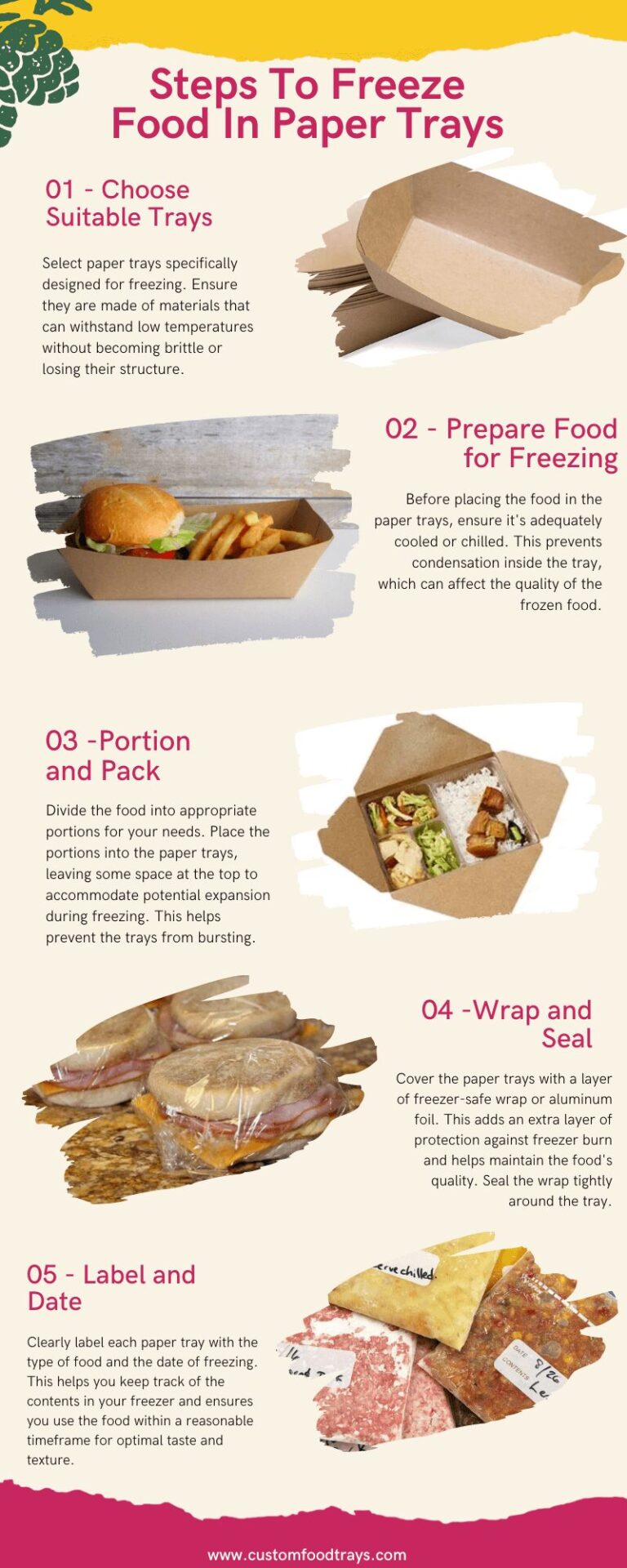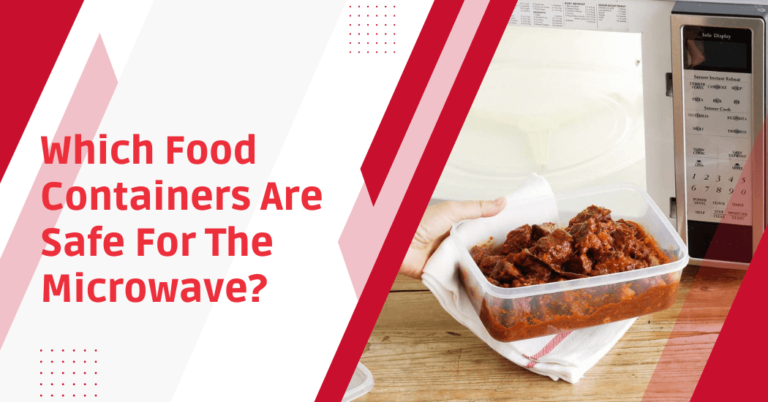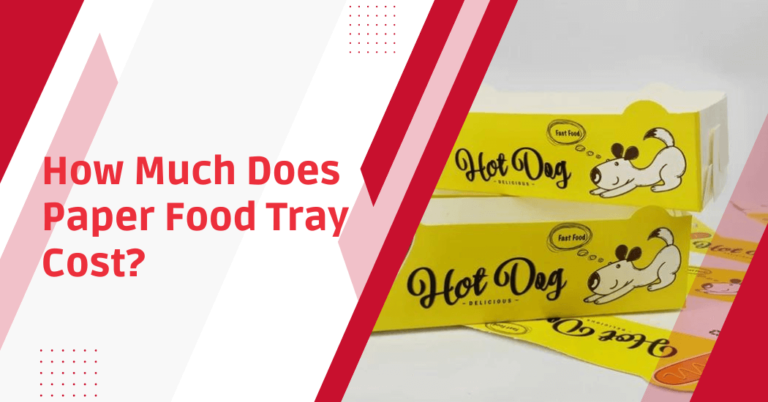Can you freeze food in paper trays?
Freezing food is a common practice to preserve leftovers and prepare meals ahead of time. But an often overlooked aspect of this process is the selection of appropriate containers, specifically can you freeze food in paper trays?
This is a question that deserves attention, as using the right storage method is crucial not only for food safety but also for maintaining the quality and taste of the food.
This article explores the viability of using paper trays for freezing purposes, considering factors such as the material’s resistance to low temperatures and its potential impact on the quality and safety of the food.
Freeze Food in Paper Trays
Yes, it is possible to freeze food in paper trays, provided the trays are moisture-resistant and the food is properly covered or sealed. Freezing food in paper trays can be an eco-friendly alternative to plastic.
However, it’s important to consider that not all paper trays are created equal. Those designed for freezer use are typically coated with a thin layer of plastic or wax to prevent moisture from seeping into the paper.
This ensures the food remains fresh and the paper doesn’t disintegrate. However, it is essential to note that the freezing process might affect the taste and texture of certain foods.
How to freeze food in paper trays?
Freezing food in paper trays involves several simple steps.
- Preparation: Start by choosing freezer-safe paper trays, typically coated with a thin layer of plastic or wax to withstand moisture. Ensure that the trays are clean and dry before use.
- Portioning: Divide your food into portions that you would typically use for a single meal. Portioning food helps to avoid unnecessary thawing and freezing cycles.
- Packaging: Place the portions into the paper trays. Try to minimize any airspace between the food and the top of the tray, as this could lead to a freezer burn.
- Sealing: Cover the trays with a freezer-safe wrap or a tight lid. Make sure the trays are sealed properly to maintain the quality of food.
- Labeling: Label each tray with the date of freezing and the type of food. This will help you keep track of your meals and use them within their optimal timeframe.
- Freezing: Arrange the trays in your freezer in a way that allows cold air to circulate them. Avoid overstuffing the freezer as it can hinder efficient cooling.

Pros of freezing food in paper trays
Freezing food in paper trays comes with several advantages:
- Environment-friendly: Paper trays are often a more sustainable option because they’re biodegradable and can reduce the amount of plastic waste generated from food storage.
- Portion control: Paper trays offer an easy way to portion meals, which makes it simpler to plan and prepare meals ahead of time. This can be particularly useful for those who are monitoring their food intake or trying to manage their meal sizes.
- Convenient: Paper trays can be used directly from the freezer to the oven or microwave, making them a convenient option for meal prep and cooking.
- Space-efficient: Due to their standardized size and shape, paper trays can be stacked and arranged efficiently in the freezer, maximizing space usage.
- Cost-effective: Paper trays are generally quite affordable compared to many other types of food storage containers.
It’s important to note, however, that not all paper trays are suitable for freezing, so always ensure to use freezer-safe options.
Cons of freezing food in paper trays
While there are several benefits to freezing food in paper trays, it’s essential to consider some potential drawbacks:
- Potential for leaks: Depending on the type of food being frozen and the quality of the paper tray, there is a risk of leakage or moisture seeping through the container.
- Limited use: Paper trays may not be suitable for all types of food, as some may not freeze or reheat well in this type of container.
- Durability: Paper trays are typically more delicate than other storage options and may tear or get damaged during the freezing process.
- Not airtight: Unlike plastic containers, paper trays are not airtight, which can lead to freezer burns if not properly sealed.
- Space constraints: While paper trays are space-efficient, they may not be the best option for storing large portions of food, as they tend to be smaller in size compared to other containers.
What types of food are suitable for freezing in paper trays?
| Food type | Explanation |
| Cooked pasta | Pasta can be frozen and reheated without significant changes to texture or taste. Use paper trays to freeze individual serving sizes for easy meals. |
| Casseroles | Casseroles freeze well in paper trays. They can be reheated in the oven, making paper trays a convenient choice. |
| Baked goods | Cookies, muffins or bread freeze well and can be warmed up in the oven or toaster. Freezing them in paper trays allows for easy portion control. |
| Cooked rice | Freezing cooked rice in paper trays is a time-saver for quick meals. The grains stay separated and the texture remains relatively unchanged. |
| Cooked meat | Cooked meat can be frozen for later use in soups, stews or casseroles. Freeze in small portions in paper trays for convenience. |
| Fruit purees | Perfect for baby food or smoothies. Freeze purees in paper trays, then pop out the portions as needed. |
| Soups and stews | These can be portioned into paper trays and reheated directly from the freezer, making it an easy option for quick meals. |
Tips on how to effectively freeze food in paper trays
- Use high-quality paper trays that are specifically designed for freezing.
- Avoid overfilling the trays to allow for proper air circulation and prevent spills or leaks.
- Label each tray with the date of freezing and the type of food to keep track of storage times.
- Freeze foods at their peak freshness to ensure optimal taste and texture upon thawing.
- Cover the trays tightly to prevent air and moisture from entering.
- Store paper trays in a single layer in the freezer until fully frozen, then stack them for efficient space usage.
- Avoid using paper trays for long-term storage (more than 2-3 months) as they may not provide adequate protection against freezer burn.
- Follow recommended cooking and reheating times for best results.
- Dispose of paper trays after use to prevent the risk of contamination from repeated use.
- Consider using reusable silicone lids or freezer bags as an alternative to disposable paper trays for more sustainable options.
Safety considerations for freezing food in paper trays
- Always make sure the food being frozen is at a safe temperature (below 40°F) before placing it in paper trays.
- Avoid using paper trays for freezing raw meats or seafood, as they may not provide enough protection against cross-contamination.
- Thoroughly clean and sanitize any surfaces or utensils that have come into contact with raw food.
- Do not refreeze food that has been previously frozen and thawed.
- Avoid freezing foods with high liquid content such as soups or sauces in paper trays, as they may not freeze evenly and can cause spills or leaks.
- Check the expiration date of paper trays before use to ensure they are still safe for storing food.
- When reheating frozen food in paper trays, make sure it reaches a safe temperature to avoid the risk of foodborne illness.
- Always follow proper food handling and storage guidelines to prevent contamination and ensure food safety.
FAQs – Food Freezing in Trays
Does freezing food in paper trays alter its taste or texture?
The impact on taste and texture can vary depending on the type of food being frozen, the quality of the tray used and the freezing and reheating methods. In general, foods with high liquid content may experience changes in texture when frozen in paper trays.
However, properly prepared and stored food should maintain its flavor and consistency upon thawing.
Can I freeze raw meat or seafood in paper trays?
It is not recommended to freeze raw meat or seafood in paper trays as they may not provide enough protection against cross-contamination.
It is best to use airtight containers or freezer bags specifically designed for storing raw meats and seafood.
Can I reuse the paper trays after freezing food?
It is generally not recommended to reuse paper trays after freezing food, as they may not provide adequate protection against contamination. It is best to dispose of the trays after use and use new ones for future freezing needs.
Alternatively, you can opt for reusable silicone lids or freezer bags for a more sustainable option.
How should I prepare food for freezing in paper trays?
It is recommended to freeze food at its peak freshness to ensure optimal taste and texture upon thawing. Properly clean and sanitize any surfaces or utensils used when preparing the food and make sure it is at a safe temperature (below 40°F) before placing it in paper trays.
Cover the trays tightly to prevent air and moisture from entering, then place them in a single layer in the freezer until fully frozen and then stack them for efficient space usage.
Can you microwave food directly in paper trays after freezing?
It is not recommended to reheat frozen food in paper trays in the microwave as they are not designed for high temperatures and may warp or melt. It is best to transfer the food to a microwave-safe container or plate before reheating.
How long can I store food in paper trays in the freezer?
Paper trays can generally be used for short-term storage (up to 2-3 months) in the freezer. For longer storage times, it is recommended to use airtight containers or freezer bags for better protection against freezer burn.
Conclusion
Freezing food in paper trays can be a convenient, space-saving and cost-effective option for meal planning and preservation. However, it’s essential to consider the type of food being frozen and to follow proper techniques and safety precautions to ensure optimal results.
With careful preparation and storage, paper trays can make mealtime easier while reducing food waste and promoting sustainability.
So next time you’re freezing leftovers or meal prepping, consider using paper trays for a quick and hassle-free option. Remember to follow these tips and safety considerations for the best outcomes when using paper trays for freezing food.






